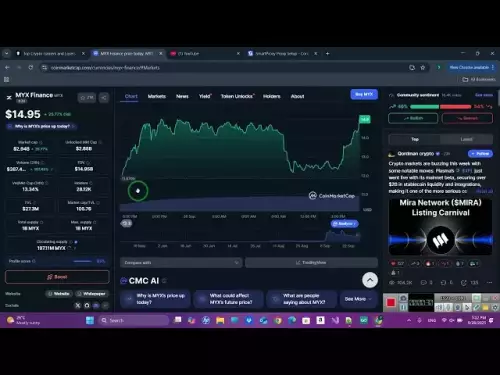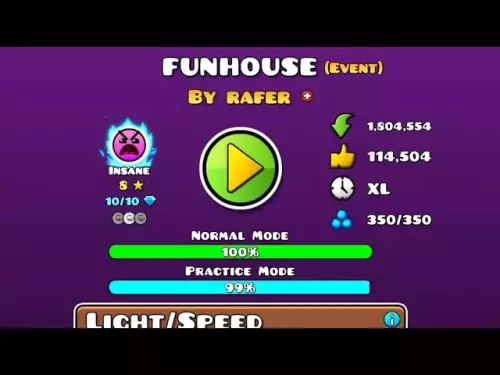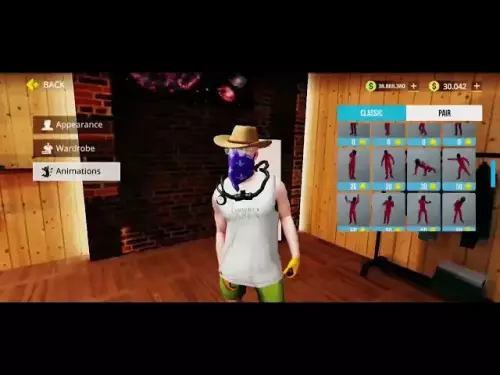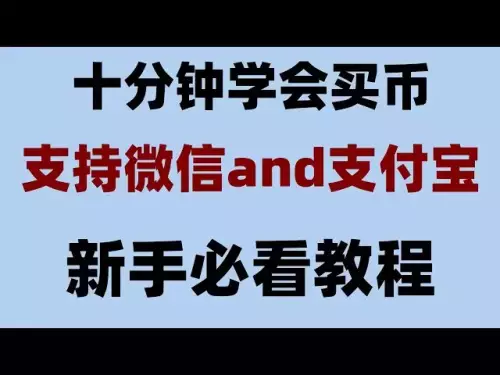-
 bitcoin
bitcoin $109547.008142 USD
0.04% -
 ethereum
ethereum $4011.838726 USD
-0.05% -
 tether
tether $1.000402 USD
-0.01% -
 xrp
xrp $2.798606 USD
0.88% -
 bnb
bnb $970.877944 USD
1.39% -
 solana
solana $202.237275 USD
-0.95% -
 usd-coin
usd-coin $0.999673 USD
0.00% -
 dogecoin
dogecoin $0.229294 USD
-1.15% -
 tron
tron $0.336370 USD
-0.45% -
 cardano
cardano $0.777260 USD
-1.66% -
 hyperliquid
hyperliquid $45.503019 USD
1.73% -
 ethena-usde
ethena-usde $1.000362 USD
0.01% -
 chainlink
chainlink $20.785303 USD
-1.10% -
 avalanche
avalanche $28.755822 USD
-0.11% -
 stellar
stellar $0.358303 USD
-0.48%
Practical Tutorial on K-line Chart Analysis: Tips for Judging Buying and Selling Points in the Crypto Market
K-line charts are essential in crypto trading for visualizing price action through candlestick patterns, helping traders identify trends, reversals, and optimal entry or exit points.
Jun 12, 2025 at 07:14 am
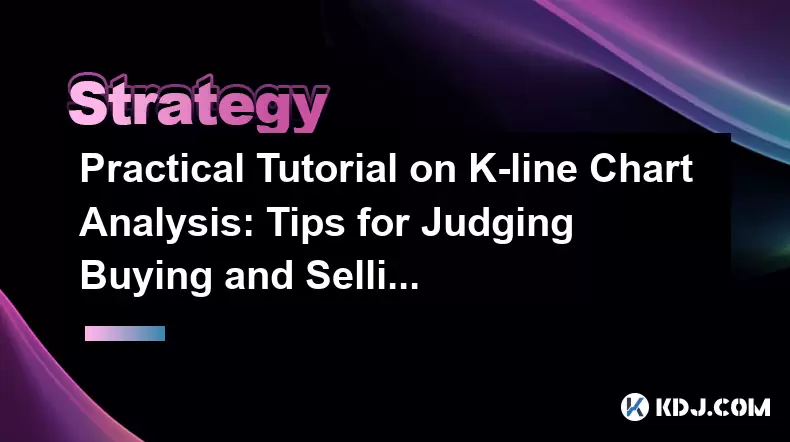
Understanding the Basics of K-line Charts in Cryptocurrency Trading
K-line charts, also known as candlestick charts, are one of the most widely used tools for analyzing price movements in the cryptocurrency market. Originating from Japan, these charts provide a visual representation of price action over specific time intervals, displaying open, high, low, and close (OHLC) values.
Each candlestick consists of a body and shadows (or wicks). The body represents the range between the opening and closing prices. If the closing price is higher than the opening, the candle is typically green or hollow; if lower, it's red or filled. The shadows indicate the highest and lowest prices reached during that period.
In the crypto market, understanding how to read K-line charts is crucial for identifying potential buying and selling points. Traders use patterns formed by multiple candlesticks to anticipate future price movements and make informed decisions.
Identifying Key Reversal Patterns on K-line Charts
Reversal patterns signal that a prevailing trend may be about to change direction. Recognizing these patterns can help traders spot potential turning points in the market.
- Hammer: A single candle with a small body at the top and a long lower shadow indicates a possible bullish reversal.
- Shooting Star: The opposite of the hammer, this pattern has a small body at the bottom and a long upper shadow, suggesting a bearish reversal.
- Engulfing Pattern: When a large candle completely engulfs the previous smaller candle, it signals strong momentum in the new direction — bullish engulfing if up, bearish engulfing if down.
- Morning Star & Evening Star: These three-candle patterns are reliable indicators of reversals. The morning star suggests a shift from downtrend to uptrend, while the evening star does the opposite.
Traders should not rely solely on these patterns but combine them with volume analysis and other technical indicators like RSI or MACD to increase accuracy.
Recognizing Continuation Patterns for Trend Confirmation
While reversal patterns suggest a change in direction, continuation patterns imply that the current trend will likely persist after a brief consolidation.
- Doji: A candle with nearly equal open and close prices, often signaling indecision in the market.
- Spinning Top: Similar to a doji but with slightly larger bodies, indicating a pause in the trend.
- Three White Soldiers and Three Black Crows: These multi-candle patterns confirm the continuation of bullish or bearish trends respectively.
These patterns are especially useful when they appear within a well-established trend. For example, seeing a three white soldiers pattern during an uptrend can serve as a confirmation signal to hold or enter long positions.
Volume plays a critical role here — higher volume during continuation patterns strengthens their reliability.
Using Support and Resistance Levels with K-line Charts
Support and resistance levels are key areas where the price has historically struggled to move beyond. Integrating these levels with K-line chart patterns can significantly enhance trade timing.
When a hammer or bullish engulfing candle forms near a support level, it could indicate a strong buying opportunity. Conversely, a shooting star or bearish engulfing candle appearing near resistance might be a sell signal.
To effectively apply this strategy:
- Identify clear historical support and resistance zones using horizontal lines or moving averages.
- Look for confluence between price action and candlestick patterns at these levels.
- Wait for confirmation candles before entering trades to avoid false breakouts.
For instance, if Bitcoin approaches $60,000 and a morning star pattern forms at that level, it reinforces the likelihood of a bounce.
Combining K-line Analysis with Volume Indicators
Volume is a powerful tool that confirms the strength behind candlestick patterns. A candlestick pattern without significant volume may be misleading.
A bullish engulfing candle followed by high volume increases the probability of an upward move. On the contrary, a doji forming with declining volume might suggest weak market interest.
To incorporate volume into your K-line analysis:
- Use the Volume by Price (VBP) indicator to see where the most trading activity occurred.
- Observe volume spikes during engulfing or reversal patterns — these often validate the authenticity of the signal.
- Watch for volume divergence — if price is rising but volume is falling, it may signal weakening momentum.
This combination allows traders to filter out weaker signals and focus on more robust opportunities.
Frequently Asked Questions (FAQ)
Q: Can I rely solely on K-line charts for trading decisions?While K-line charts are powerful, they work best when combined with other tools such as moving averages, RSI, and volume indicators. Sole reliance on candlestick patterns can lead to false signals.
Q: What time frame is best for K-line chart analysis in crypto trading?The choice depends on your trading style. Day traders may prefer 5-minute or 15-minute charts, while swing traders might use 4-hour or daily charts. Always align the time frame with your strategy.
Q: How do I differentiate between real and fake candlestick patterns?Real patterns usually form at key support/resistance levels and are confirmed by volume. Fake patterns often occur in sideways markets or during low liquidity periods. Use confluence with other indicators to verify.
Q: Do K-line patterns work the same across all cryptocurrencies?Most patterns are universal, but some altcoins with low liquidity or high volatility may produce less reliable signals. Stick to major pairs like BTC/USDT or ETH/USDT for better accuracy.
Disclaimer:info@kdj.com
The information provided is not trading advice. kdj.com does not assume any responsibility for any investments made based on the information provided in this article. Cryptocurrencies are highly volatile and it is highly recommended that you invest with caution after thorough research!
If you believe that the content used on this website infringes your copyright, please contact us immediately (info@kdj.com) and we will delete it promptly.
- Ripple, Shiba Inu, and Digitap: The Crypto Landscape in 2025
- 2025-09-28 23:05:12
- Crypto Portfolio Management: Riding the Whale Waves and Finding Gems
- 2025-09-28 22:45:14
- BTC Price Wobbles as Bitcoin ETFs See Inflows, Ethereum ETFs Bleed: What's the Deal?
- 2025-09-28 22:25:17
- DeepSnitch AI: The Meme Coin Alternative with 1000x Potential?
- 2025-09-28 22:45:14
- BlockchainFX, Solana, Dogecoin: Decoding the Crypto Shift
- 2025-09-28 23:05:12
- Crypto's Wild Ride: Dogecoin, AVAX, TRUMP, and the Newcomer MAGACOIN FINANCE
- 2025-09-28 23:10:01
Related knowledge

Practical parameter settings for a Bitcoin multi-timeframe moving average system
Sep 18,2025 at 10:54pm
Optimizing Timeframe Combinations for Bitcoin Trading1. Selecting appropriate timeframes is crucial when building a multi-timeframe moving average sys...
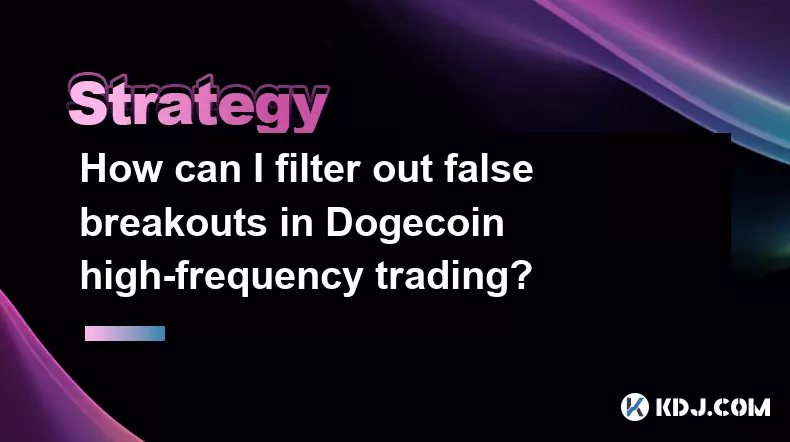
How can I filter out false breakouts in Dogecoin high-frequency trading?
Sep 22,2025 at 01:00am
Understanding False Breakouts in Dogecoin Trading1. A false breakout occurs when Dogecoin's price appears to move beyond a defined support or resistan...

Techniques for identifying tops and bottoms in the Bitcoin on-chain NVT model
Sep 20,2025 at 07:54pm
Understanding the NVT Model in Bitcoin Analysis1. The Network Value to Transactions (NVT) ratio is often described as the 'P/E ratio' of the cryptocur...

What does the surge in open interest in Bitcoincoin futures mean?
Sep 20,2025 at 11:18pm
Understanding the Surge in Dogecoin Futures Open Interest1. A surge in open interest within Dogecoin futures indicates a growing number of active cont...

How can I use the Ethereum USDT premium to gauge market sentiment?
Sep 18,2025 at 11:55pm
Understanding the Ethereum USDT Premium1. The Ethereum USDT premium refers to the price difference between USDT (Tether) traded on Ethereum-based plat...

What should I do if Ethereum staking yields decline?
Sep 20,2025 at 06:18am
Understanding the Causes Behind Declining Ethereum Staking Yields1. The Ethereum network transitioned to a proof-of-stake consensus mechanism with the...

Practical parameter settings for a Bitcoin multi-timeframe moving average system
Sep 18,2025 at 10:54pm
Optimizing Timeframe Combinations for Bitcoin Trading1. Selecting appropriate timeframes is crucial when building a multi-timeframe moving average sys...

How can I filter out false breakouts in Dogecoin high-frequency trading?
Sep 22,2025 at 01:00am
Understanding False Breakouts in Dogecoin Trading1. A false breakout occurs when Dogecoin's price appears to move beyond a defined support or resistan...

Techniques for identifying tops and bottoms in the Bitcoin on-chain NVT model
Sep 20,2025 at 07:54pm
Understanding the NVT Model in Bitcoin Analysis1. The Network Value to Transactions (NVT) ratio is often described as the 'P/E ratio' of the cryptocur...

What does the surge in open interest in Bitcoincoin futures mean?
Sep 20,2025 at 11:18pm
Understanding the Surge in Dogecoin Futures Open Interest1. A surge in open interest within Dogecoin futures indicates a growing number of active cont...

How can I use the Ethereum USDT premium to gauge market sentiment?
Sep 18,2025 at 11:55pm
Understanding the Ethereum USDT Premium1. The Ethereum USDT premium refers to the price difference between USDT (Tether) traded on Ethereum-based plat...

What should I do if Ethereum staking yields decline?
Sep 20,2025 at 06:18am
Understanding the Causes Behind Declining Ethereum Staking Yields1. The Ethereum network transitioned to a proof-of-stake consensus mechanism with the...
See all articles






















